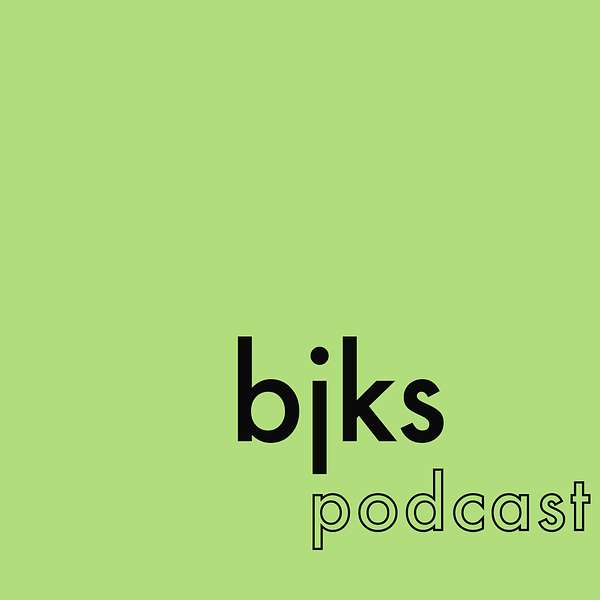
BJKS Podcast
A podcast about neuroscience, psychology, and anything vaguely related. Long-form interviews with people whose work I find interesting.
BJKS Podcast
42. Matthias Stangl: grid cells in aging, path integration, and neural representations of actual physical movement in humans
Matthias Stangl is a postdoc at UCLA, where he studies the neural representations of spatial navigation in social situations. In this conversation, we talk about his PhD work about aging, grid cells, and path integration, about his recent Nature paper, about the difference between movement in VR and actual physical movement, and much more.
BJKS Podcast is a podcast about neuroscience, psychology, and anything vaguely related, hosted by Benjamin James Kuper-Smith. New episodes every Friday. You can find the podcast on all podcasting platforms (e.g., Spotify, Apple/Google Podcasts, etc.).
Timestamps
0:00:04: Stangl.Stangl.eu
0:02:13: Start discussing Matthias's Current Biology paper on aging, grid cells, and spatial navigation
0:07:10: The temporal stability of grid cells
0:16:10: Start discussing Matthias's Nature Communications paper on path integration errors in aging
0:26:07: Sensory effects on path integration in humans and other animals
0:37:45: Does actual movement lead to stronger grid cells firing (compared to imagined/VR)?
0:41:52: Start discussing Matthias's Nature paper on neural representations for self and other in real spatial navigation
1:00:03: Matthias's future
Podcast links
- Website: https://geni.us/bjks-pod
- Twitter: https://geni.us/bjks-pod-twt
Matthias's links
- Google Scholar: https://geni.us/stangl-scholar
- Twitter: https://geni.us/stangl-twt
Ben's links
- Website: https://geni.us/bjks-web
- Google Scholar: https://geni.us/bjks-scholar
- Twitter: https://geni.us/bjks-twt
References
Aghajan, Z. M., Schuette, P., Fields, T. A., Tran, M. E., Siddiqui, S. M., Hasulak, N. R., ... & Suthana, N. (2017). Theta oscillations in the human medial temporal lobe during real-world ambulatory movement. Current Biology.
Barnes, C. A., Suster, M. S., Shen, J., & McNaughton, B. L. (1997). Multistability of cognitive maps in the hippocampus of old rats. Nature.
Chen, G., Manson, D., Cacucci, F., & Wills, T. J. (2016). Absence of visual input results in the disruption of grid cell firing in the mouse. Current Biology.
Kunz, L., Schröder, T. N., Lee, H., Montag, C., Lachmann, B., Sariyska, R., ... & Axmacher, N. (2015). Reduced grid-cell–like representations in adults at genetic risk for Alzheimer’s disease. Science.
Stangl, M., Achtzehn, J., Huber, K., Dietrich, C., Tempelmann, C., & Wolbers, T. (2018). Compromised grid-cell-like representations in old age as a key mechanism to explain age-related navigational deficits. Current Biology.
Stangl, M., Kanitscheider, I., Riemer, M., Fiete, I., & Wolbers, T. (2020). Sources of path integration error in young and aging humans. Nature communications.
Stangl, M., Topalovic, U., Inman, C. S., Hiller, S., Villaroman, D., Aghajan, Z. M., ... & Suthana, N. (2021). Boundary-anchored neural mechanisms of location-encoding for self and others. Nature.
Topalovic, U., Aghajan, Z. M., Villaroman, D., Hiller, S., Christov-Moore, L., Wishard, T. J., ... & Suthana, N. (2020). Wireless programmable recording and stimulation of deep brain activity in freely moving humans. Neuron.
Yoder, R. M., & Taube, J. S. (2014). The vestibular contribution to the head direction signal and navigation. Frontiers in integrative neuroscience.